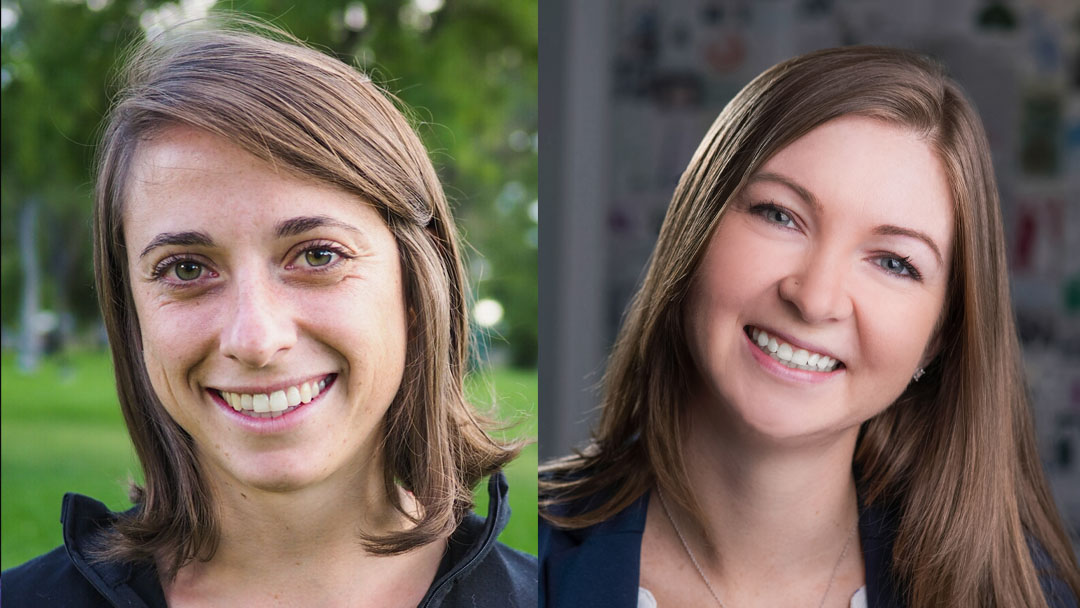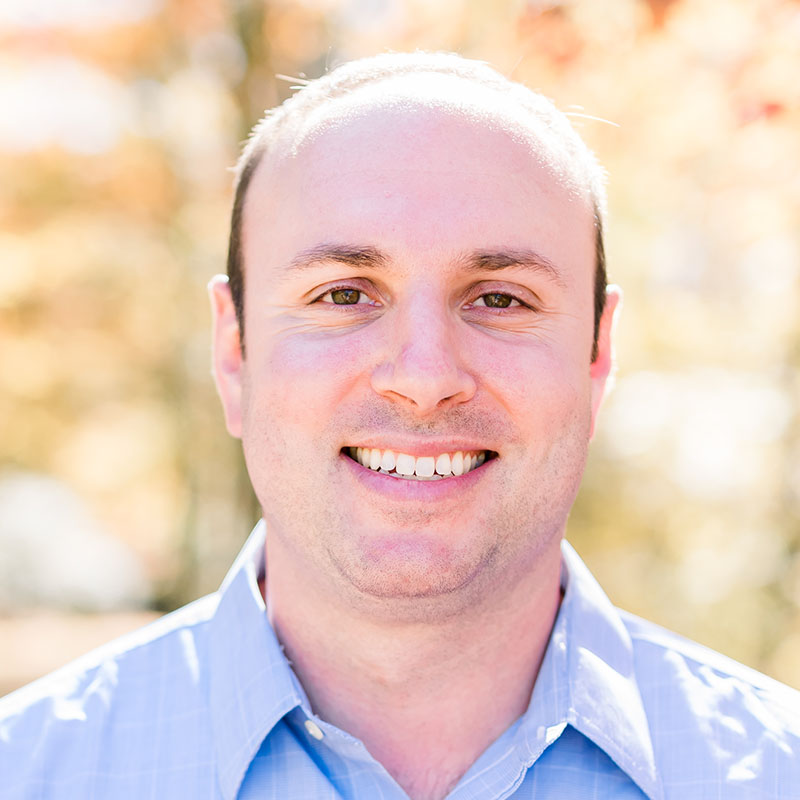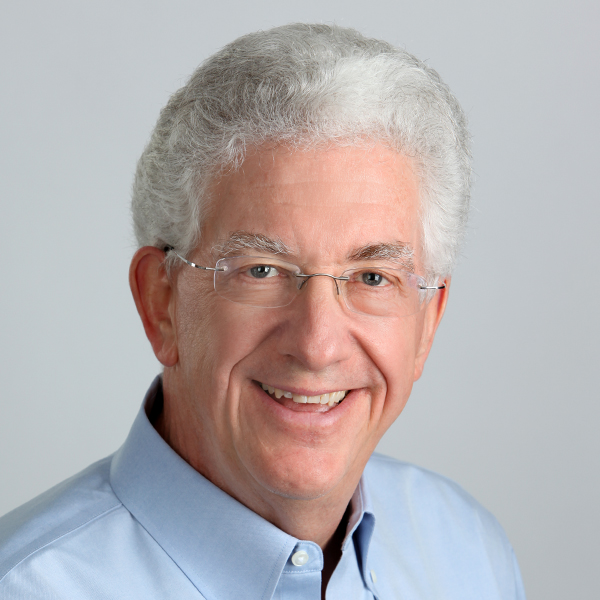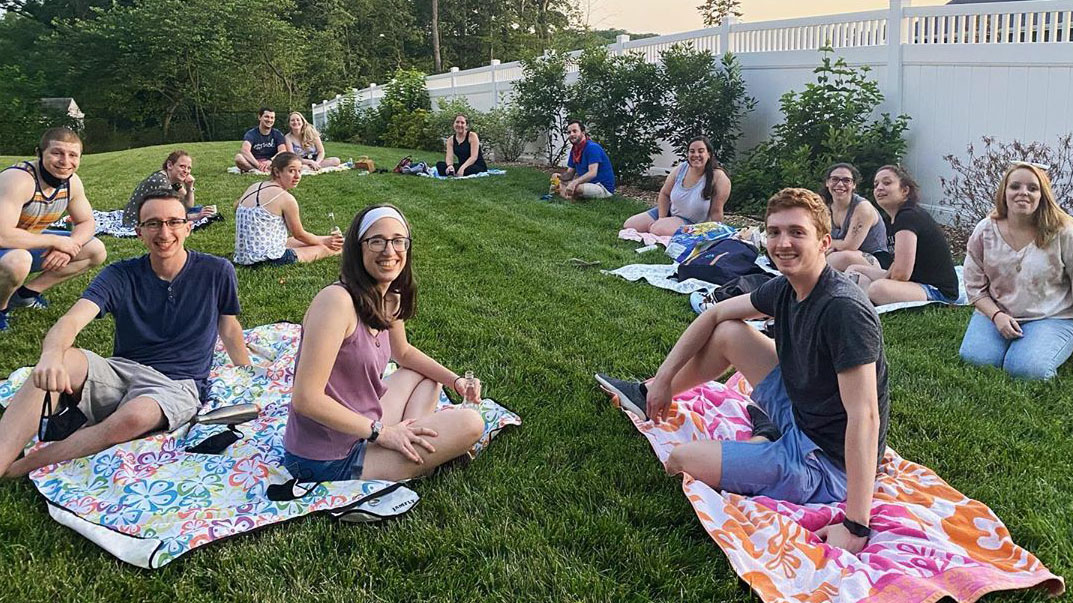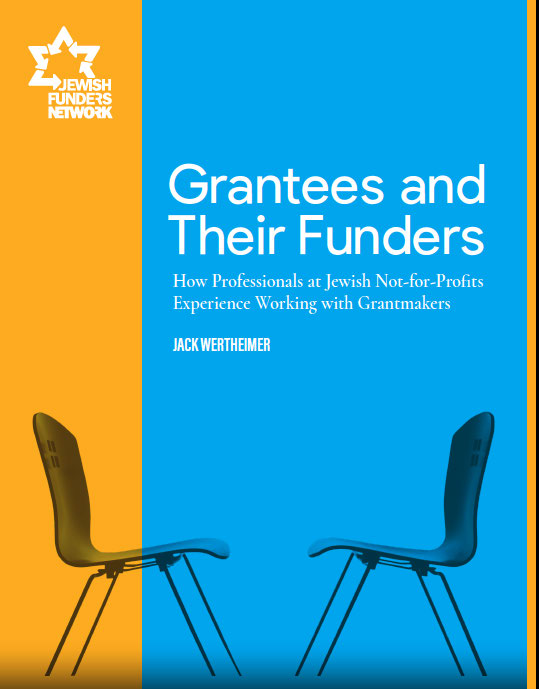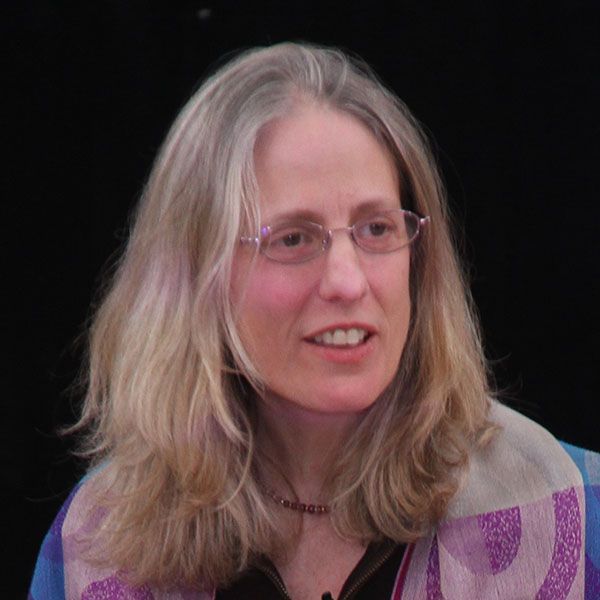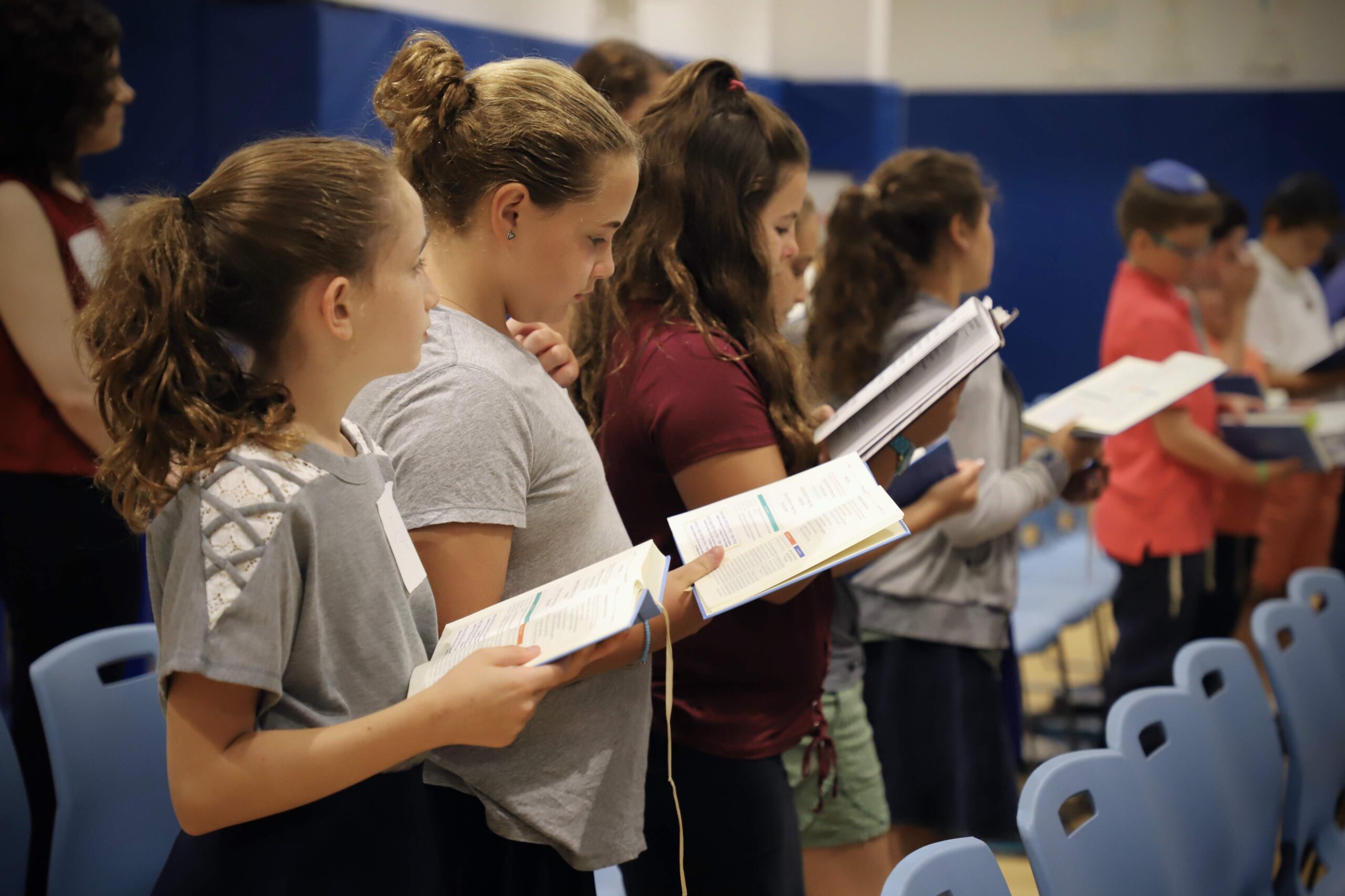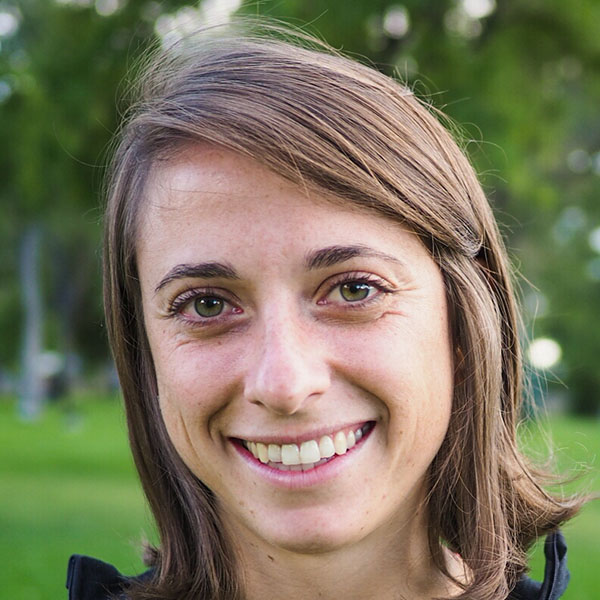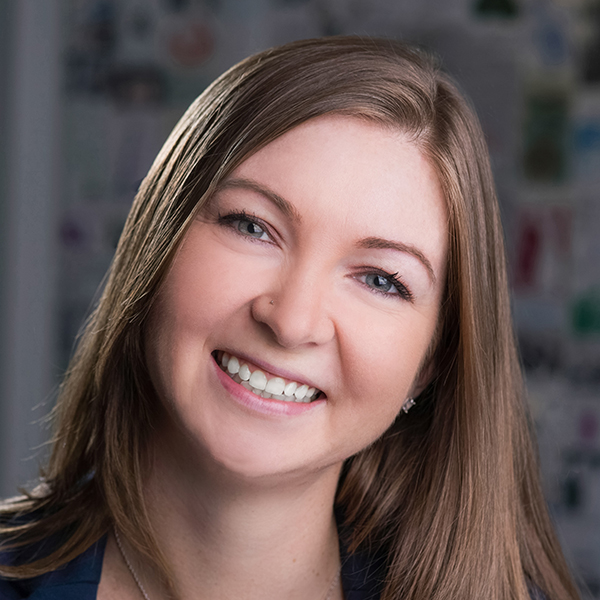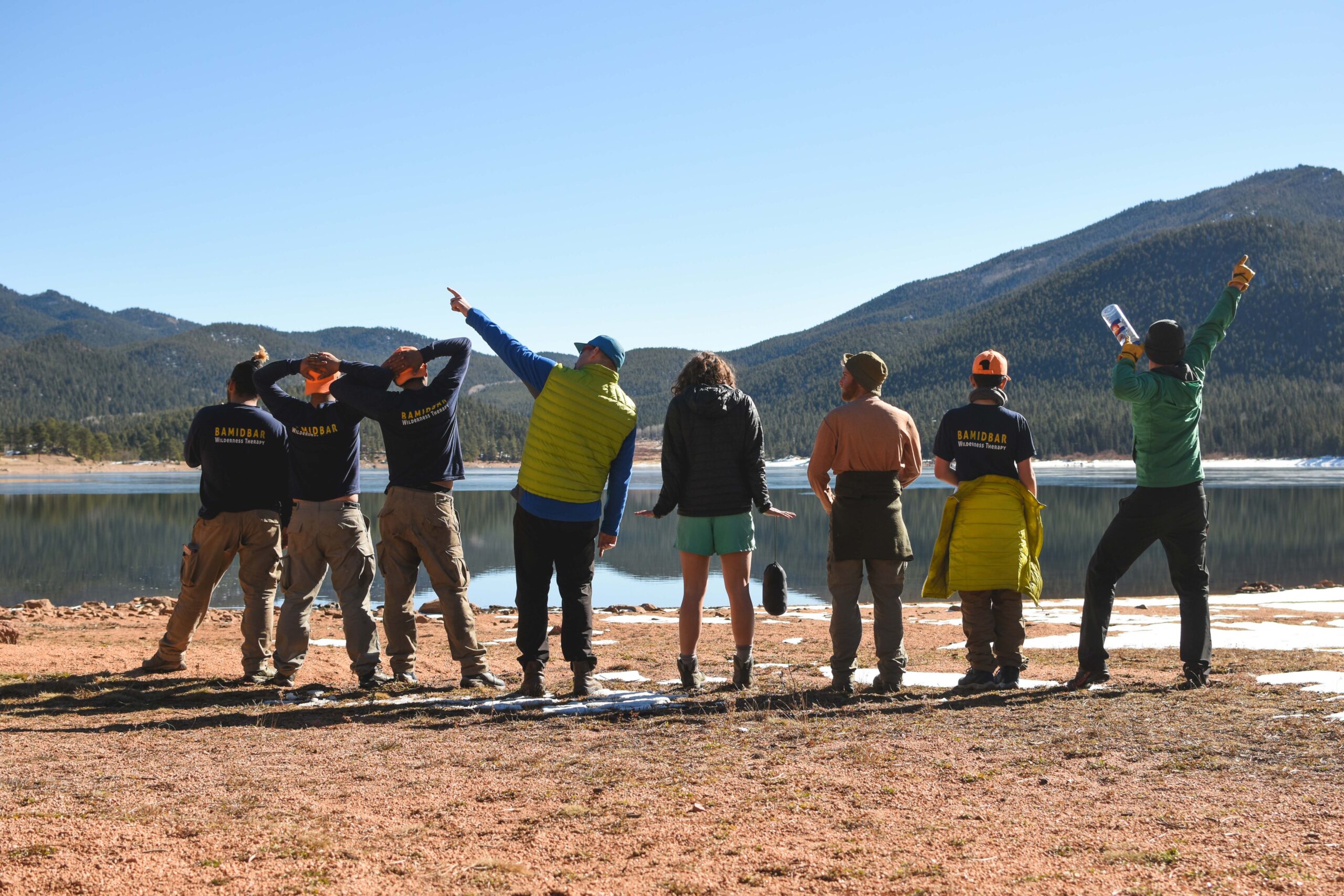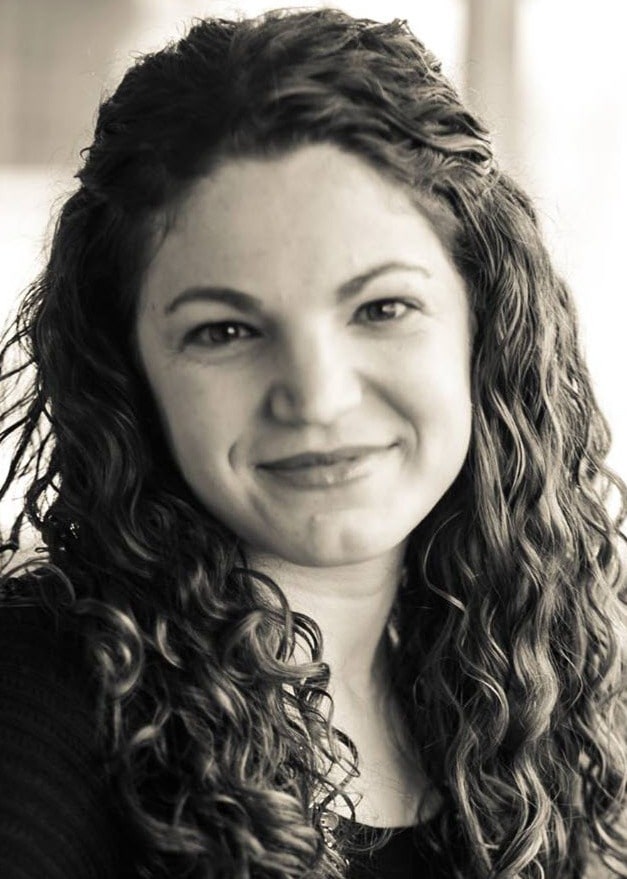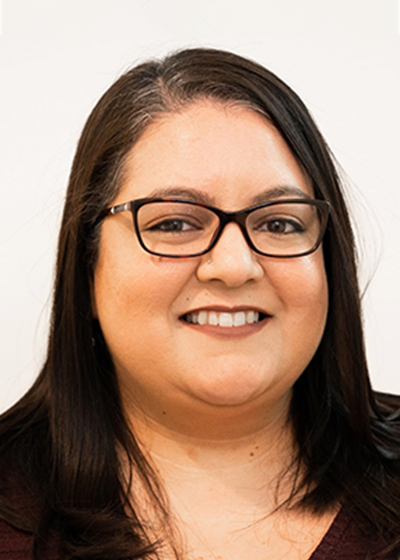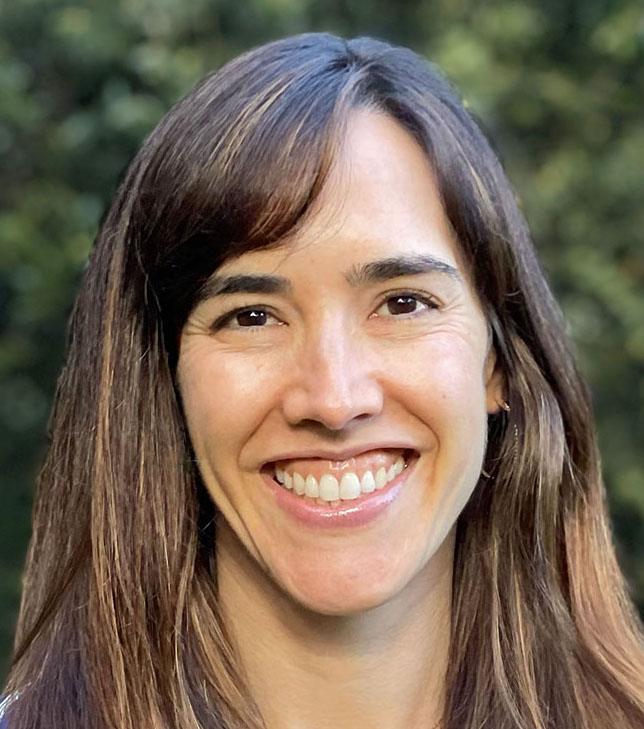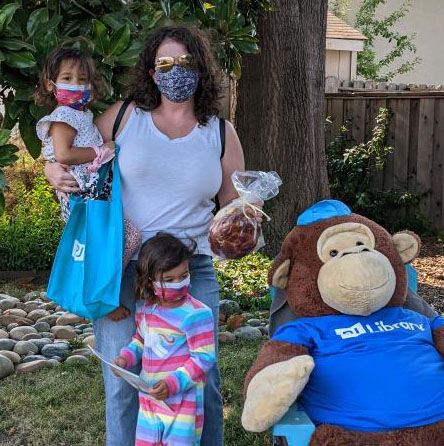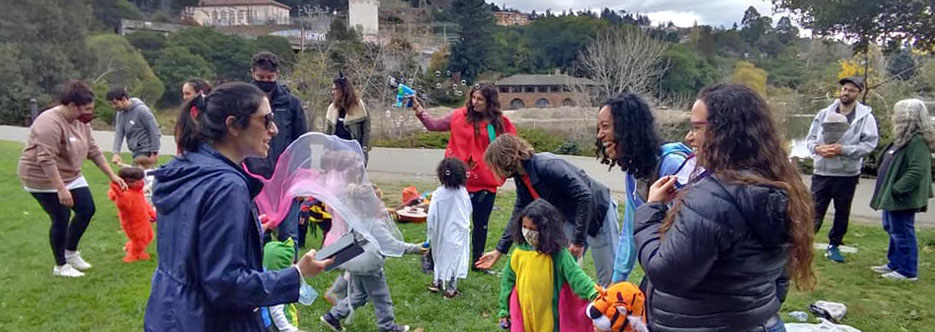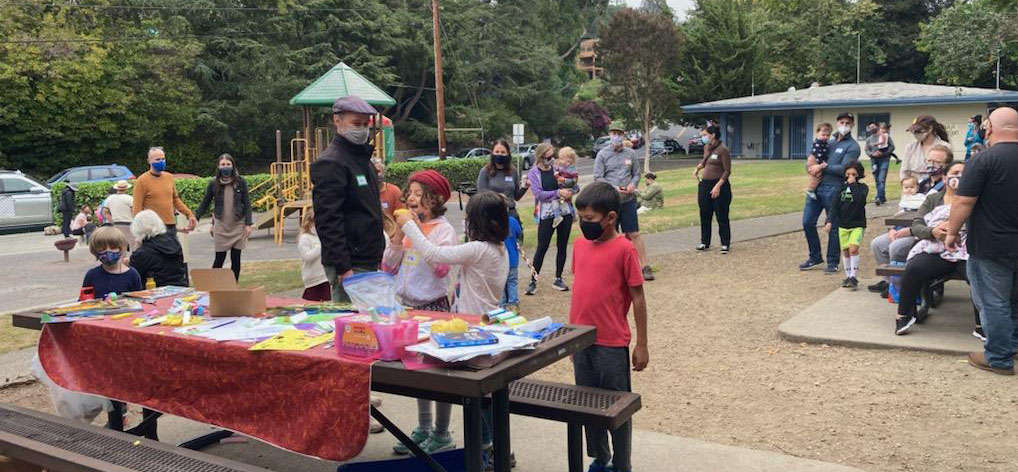Communication
In the Book of Deuteronomy, Moses says to the Jewish people, “Shema, hear, O Israel, the Lord our God, the Lord is One.” He then instructs the people that we are to love the Lord our God with all of our heart, with all of our soul, with all of our might (Deuteronomy 6:4-6). Before we can love, we have to listen. Before we can be in relationship, we have to know with whom we are in relationship. For a beautiful expansion on what it means to listen, check out Dena Weiss’s Dvar Torah on Parshat Ha’azinu “To Listen with Intent.”
Just as much of the Torah documents the development of the relationship between God and the Jewish people, so too it documents their many attempts to communicate with each other. We see God and Moses struggling to understand time and time again what the Jewish people need. We also see the Jewish people failing to really hear and internalize God’s assurances of protection.
Communication is at the heart of all successful and effective relationships including the relationships between grantmakers and grantseekers. Many relationships hit snags because of assumptions that one partner may make about processes such as the preferred way to submit grant reports, how foundations want to be woven into the work, or how nonprofits should acknowledge donors. By communicating preferences and standards explicitly, rather than implicitly, grantmakers and grantseekers can avoid costly misunderstandings or hurt feelings, move projects forward more effectively and ensure that both feel their work is valued and recognized.
One tool for improving and streamlining communication is for grantmakers to use common, or universal, application forms, so that grantseekers do not waste valuable resources learning new grantseeking protocols or rewriting applications and reports. This section includes an article explaining how common applications benefit both grantseekers and grantmakers, as well as examples of such applications created by Philanthropy New York, National Network of Grantmakers, and Grantmakers of Western Pennsylvania. Other resources include an article on the critical difference between listening and hearing; a statement of values to guide collaborations between grantmakers and grantseekers; and a series of videos in which funders, nonprofit leaders, and clients share how feedback enabled them to drive change.

